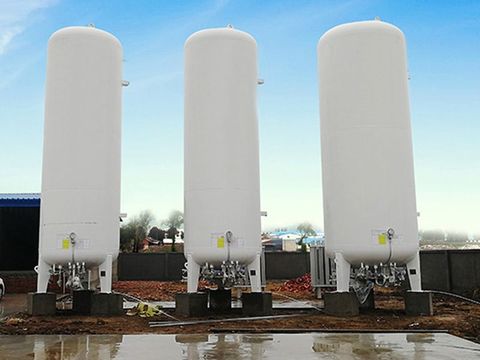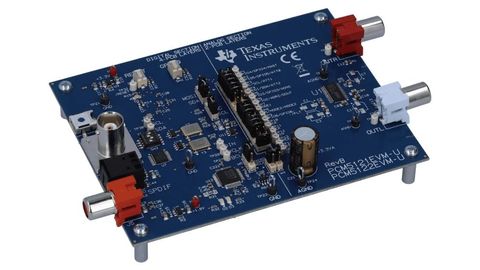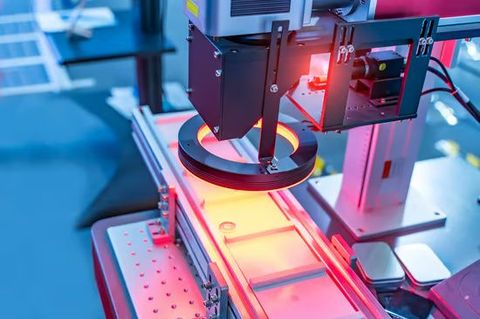Audio Amplifier Evaluation Boards: A Complete Guide to Basics, Insights, and Technical Knowledge
An audio amplifier evaluation board (sometimes called a development board) is a printed circuit board (PCB) designed to help engineers, hobbyists, and designers experiment with and test amplifier circuits—especially integrated audio amplifier chips or operational amplifiers (op‑amps).
Instead of building an amplifier from scratch, you mount the amplifier chip on this board along with the required external components: resistors, capacitors, power inputs, and connectors. This makes it easy to evaluate performance, measure parameters like gain or distortion, or prototype a design for a larger system.
These boards exist because amplifier chips (including power amps or op‑amps) are often complex: they require specific supporting components, correct supply voltages, and careful layout for stability. An evaluation board simplifies testing, reduces design risk, and accelerates development by offering a ready-made, tuned circuit platform.
Importance: Why Audio Amplifier Evaluation Boards Matter Today
Innovation in Audio Design
-
Engineers designing consumer electronics (like Bluetooth speakers, portable radios, or studio gear) need a safe, predictable way to test amplifier chips.
-
Hobbyists building DIY audio systems or musical instruments benefit from modular evaluation boards to avoid designing entire PCB from scratch.
Faster Prototyping and Cost Efficiency
-
Evaluation boards dramatically cut down development time. Instead of sourcing all components and debugging a custom design, users can begin testing immediately.
-
This lowers the risk of buying wrong components or making layout mistakes that could degrade performance (e.g., oscillation, noise).
Education and Research
-
In academic settings, these boards are used for teaching analog electronics: students can experiment with gain structures, feedback networks, and power supply effects.
-
Research groups may use evaluation boards to test new amplifier chips or novel topologies before committing to a full custom design.
Market Trends
-
With rising demand for smart audio devices, evaluation boards help companies iterate quickly.
-
The operational amplifier evaluation board market is projected to grow steadily with increased R&D in audio interfaces, IoT devices, and AI-enabled analog systems.
Recent Updates and Trends (2024–2025)
-
Market Growth: The operational‑amplifier evaluation board market is expanding due to increased adoption of smart audio devices.
-
Research on Low-Frequency Stability: Recent studies have presented non‑connectorized measurement techniques for characterizing low‑frequency stability margins in power amplifiers. This helps designers identify and correct resonance or unstable feedback behavior early.
-
AI‑Driven Simulation: New tools use machine learning to predict analog amplifier behavior without manual tuning or long SPICE simulations. This can speed up evaluation board testing by reducing reliance on heavy simulation runs.
These trends show that both hardware (board design) and software (AI-based simulation) are evolving, making evaluation more efficient and accurate.
Laws, Policies, and Regulations (with Focus on India)
When working with amplifier boards in India, it’s important to understand the regulatory framework:
-
Amplifiers (including those used in audio/video apparatus) fall under the Compulsory Registration Scheme (CRS) of the Bureau of Indian Standards (BIS).
-
The relevant standard is IS 616:2017, which defines safety requirements such as protection against electric shock, fire risk, and thermal stability for audio/video electronic apparatus.
-
For high‑power amplifiers (input power of 2,000 W or above), additional CRS requirements apply under Scheme II.
-
Manufacturers (both local and foreign) must obtain BIS certification to legally sell, import, or distribute amplifiers in India.
-
Non‑compliance may lead to penalties, product seizure, or a ban on sales.
These policies ensure electrical safety, electromagnetic compatibility, and quality across audio devices in the Indian market.
Tools and Resources for Working with Audio Amplifier Evaluation Boards
Here are some helpful tools, websites, and services if you're designing or evaluating audio amplifier boards:
-
SPICE Simulation Software (e.g., LTspice, PSpice) for simulating amplifier behavior (gain, distortion, stability) virtually.
-
Gerber & PCB Design Tools: Tools like KiCad, Altium Designer, or EasyEDA are useful when custom‑making your evaluation board.
-
ZeroSim or AI-based simulation tools to predict analog circuit behavior.
-
Vector Network Analyzer (VNA) for measuring gain, phase, and stability margins in hardware.
-
BIS Certification Resources: Testing labs and consultants specializing in amplifier registration and compliance.
-
Technical Documentation: Datasheets from amplifier chip manufacturers include recommended evaluation board circuits and layout notes.
-
Community and Educational Forums: Electronics communities where designers share evaluation board designs, tips, and test results.
Frequently Asked Questions (FAQs)
Q1: Do I need a special evaluation board for every amplifier chip?
A: Not necessarily. Many evaluation boards are designed for a specific family or footprint. If a new chip uses the same package, you may reuse the board. Different power amps may need different support circuits, so a dedicated evaluation board is often safer.
Q2: Can I use an evaluation board to build a final product?
A: It’s common to prototype on an evaluation board, but for production, designers often move to a custom PCB. A custom board allows optimization for layout, power routing, size, and component selection. Evaluation boards are for testing and evaluation.
Q3: How do I measure the performance of the amplifier on an evaluation board?
A: You can use tools like an oscilloscope (to check waveform and distortion), audio distortion analyzers, or a VNA (to measure gain and phase response). Simulation with SPICE before hardware testing is also recommended.
Q4: Is BIS certification needed if I am just prototyping?
A: If the board is for internal R&D or prototyping only, certification is not required. For manufacturing or selling in India, BIS CRS certification is mandatory.
Q5: What are common stability issues when using amplifier evaluation boards?
A: Instability can arise from incorrect component values, poor layout, or feedback loops. Low-frequency resonances are particularly problematic. Using in-circuit characterization techniques can help identify and address low-frequency poles.
Conclusion
Audio amplifier evaluation boards are essential for modern audio system design. They provide a ready-to-use platform to test amplifier chips, experiment with circuits, and speed up prototyping — reducing both risk and development time. With the growth of smart audio devices, IoT, and AI-driven analog systems, their relevance continues to rise.
Understanding both technical aspects (like stability, layout, and simulation) and regulatory compliance (like BIS certification in India) ensures reliable and safe designs. Whether for hobbyists, students, or professional engineers, evaluation boards are a foundational tool for efficient, accurate, and compliant audio amplifier development.






